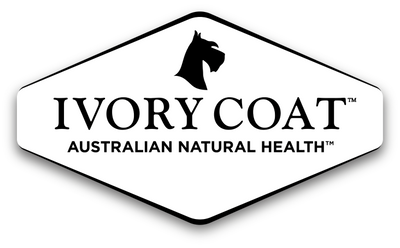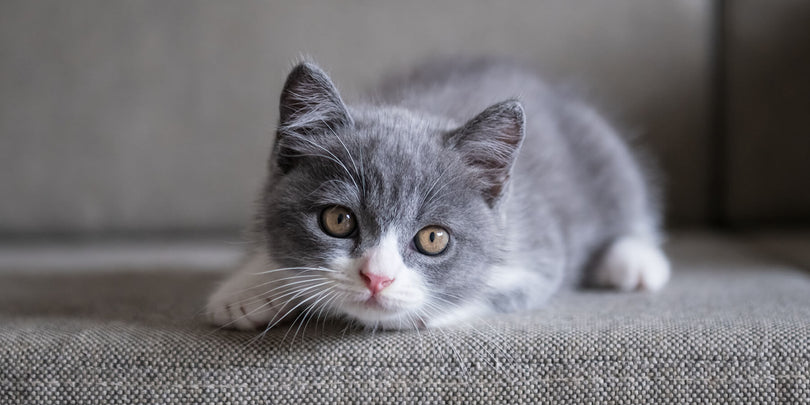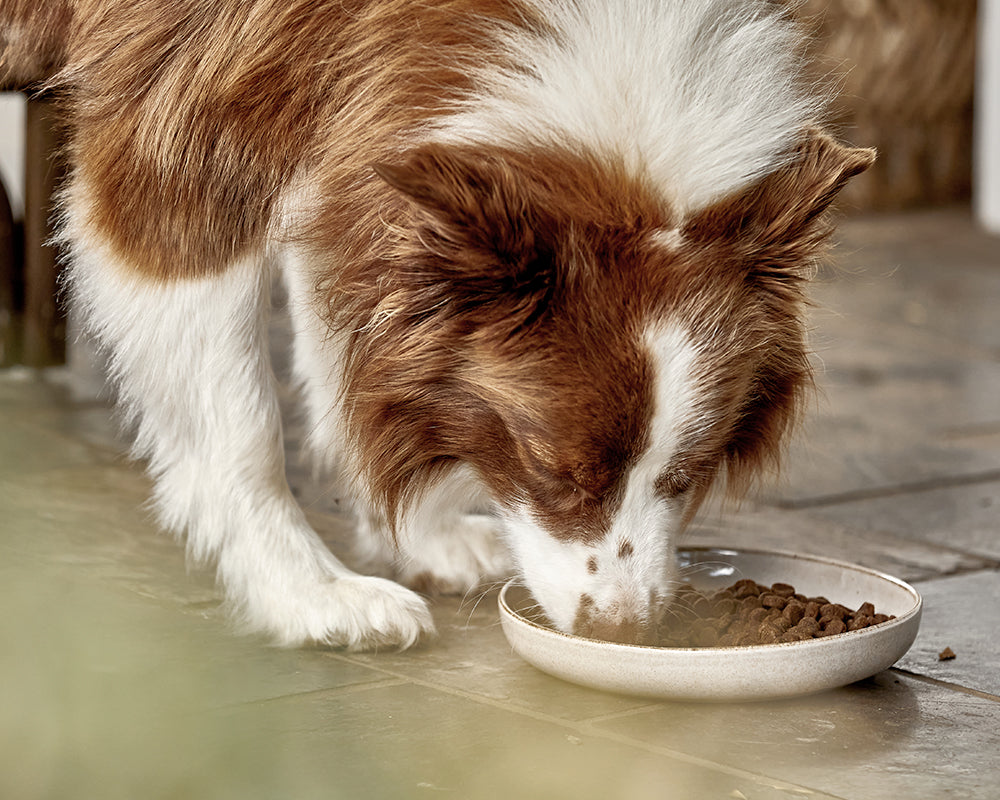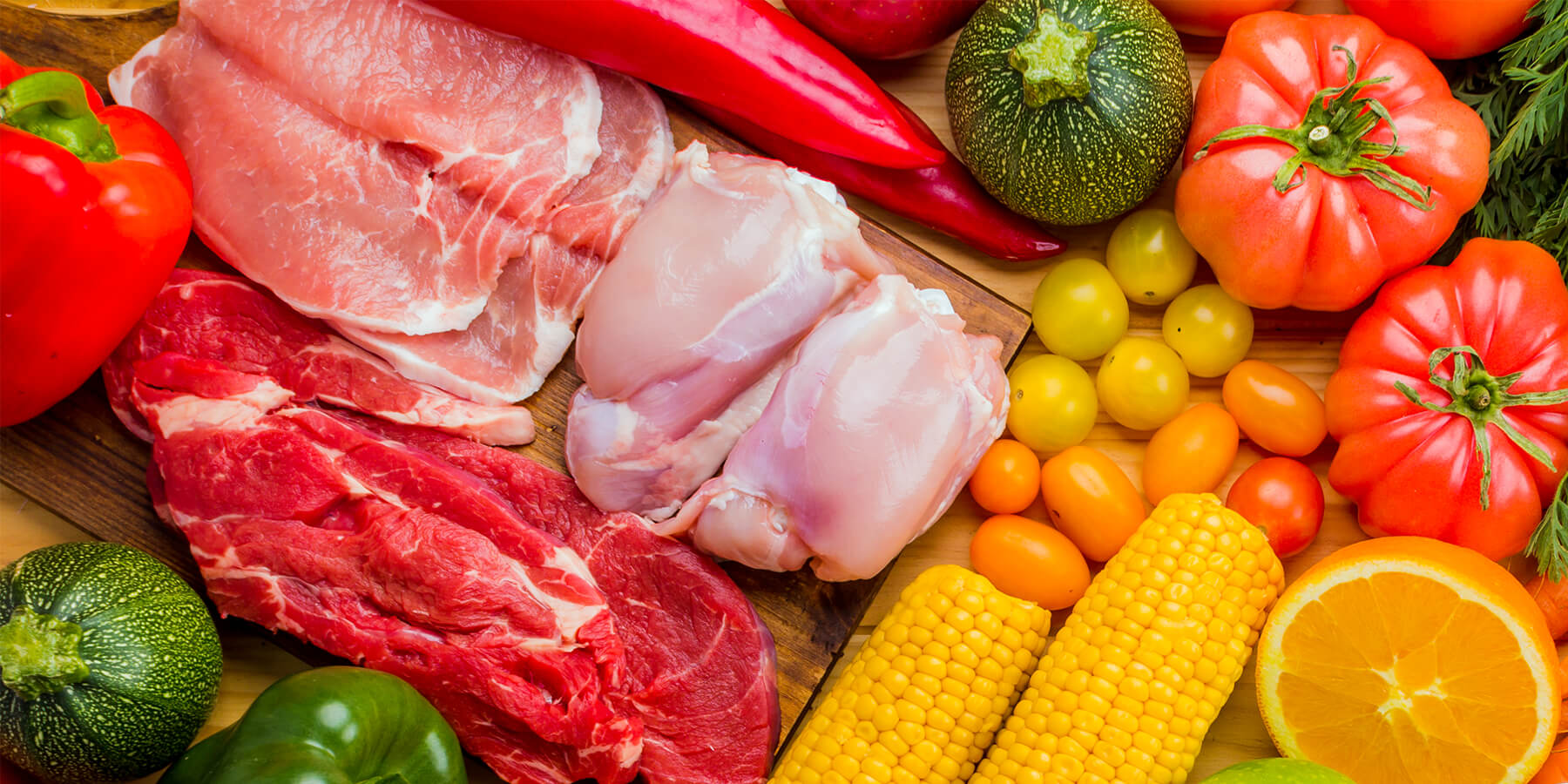More and more new and exciting pet foods are becoming available to buy for our pets - which is great! However, the differences between the nutritionally complete diets and complementary food products are becoming less obvious.
WHAT DOES “COMPLETE AND BALANCED” MEAN?
A Complete and Balanced pet food will contain specific minimum levels of all nutrients needed by that species and life stage.
WHY IS IT SO IMPORTANT TO KNOW WHAT “COMPLETE AND BALANCED” MEANS?
Just like humans, our pets can develop nutritional deficiencies if their diet does not contain certain levels of nutrients, such as protein and fat as well as vitamins and minerals.
Over time an incomplete diet can lead to the pet developing nutritional deficiencies that cause illness and in extreme cases can even lead to death.
WHAT ABOUT TREATS, RAW MEAT/BONES AND SUPPLEMENTS?
Pet foods that are not complete and balanced are known as and may be labelled as “Complementary Foods Only”. These foods include treats, some raw meat products and supplements.
It is recommended that these complementary foods be fed as only part of your pets diet and in combination with a Complete and Balanced food.
It is also recommended that complementary foods make up no more than 10% of your pet’s total diet.
HOW CAN I ENSURE TO FEED MY PET A COMPLETE AND BALANCED PET FOOD?
When purchasing food that’s meant to be your pet’s main diet, be sure to read the packaging and find the label that says it's “formulated to meet the nutritional levels established by AAFCO or FEDIAF Dog or Cat Nutrient Profiles.”
The statement “formulated to meet the nutritional levels established by AAFCO Dog or Cat Nutrient Profiles means the product is Complete and Balanced.
THE DANGER OF HOME-COOKED MEALS
Many people who truly love their pets may choose to cook or prepare all their pet’s meals themselves rather than purchase a commercially available pet food.
This would be advisable under one circumstance alone: that they are consulting with a veterinarian or veterinary nutritionist when formulating their pets food.
It may seem very intuitive to choose ingredients to feed your pet based on what seems healthy, but many are surprised to find a diet that is considered healthy for humans does not provide all the correct vitamins and minerals in the correct quantities your pet actually needs.
It takes years of research to know how each vitamin and mineral interacts with each other, how each are absorbed and utilised by their body, if they are impacted by cooking or other factors such as whether the pet will need certain amounts of moisture or fibre, in order for some nutrients to be effectively absorbed by your pet’s body.
WHY AN “UNBALANCED or INCOMPLETE” DIET IS ESPECIALLY DANGEROUS
For one, if there is too much or too little of a particular nutrient in your pet’s diet, it can have a rippling effect and cause a surprising amount of physical harm to the body. For example, according to VCA Hospitals, an irreversible form of arthritis is just one of several conditions that can be caused by too much vitamin A. This is why pet-owners should always consult a vet about nutritional supplements for their pets.
One of the leading causes of disease in pets today is actually not resulting from lack of nutrition but an overabundance of it. Too many of us are feeding our pets too much. We’re speaking of course about the obesity epidemic facing pets today. According to Greencross Vets, over 40% of pets in Australia are obese or overweight… Just a few of the problems they say are caused by obesity include:
- joint pain or diminished mobility
- shorter lifespan
- less interest in activity
- skin issues as a result of compromised resistance to infection
- greater risk of complications during surgery
The list goes on…
COMMON HABITS THAT CAN CAUSE A PET’S DIET TO BE “INCOMPLETE”
- Feeding “people food”
While it is true that dogs are omnivores, meaning they can digest and derive nutrients from both plant and animal sources, this doesn’t mean they should be eating whatever we eat. “People food” is flavoured with ingredients that can upset dogs’ stomachs. In addition to causing them pain, an upset stomach may cause them to refuse eating their regular dog food and throw their diet off balance. It should also be noted that some foods like onion or artificial sweeteners are toxic to dogs, and it’s not always obvious what foods these ingredients could be hiding in.
Cats are obligate carnivores so their diet must contain specific levels of certain vitamins and fatty acids which can only be found in meat, as their bodies cannot synthesise these nutrients from other food sources. Feeding cats a diet lacking these nutrients will result in illness.
It is also important to note that pets cannot live off just meat alone as they need many other nutrients which are not found in meat.
- Feeding too many treats
For the same reasons you don’t want to give your pet too much “people food,” you should avoid giving them too many treats as well. He can easily fill up on junk food - or become spoiled - and resist eating his complete and balanced pet food. It can also be having changes his digestion that may not be obvious to you. Besides that, excess treats is one of the easiest ways to cause obesity in your pet.
- Accidentally basing your pets diet on pet foods that are actually NOT complete and balanced
It is important to always read the label of your pets’ food.
The label should contain essential information regarding the food including the ingredients, nutritional panel, feeding guide and most importantly, if it intended to provide a complete and balanced diet or be used a complementary food only.
THE TAKE-HOME MESSAGE…
Now more than ever, it’s important to be mindful of how balanced your pet’s daily diet is. To be sure your pet isn’t consuming too much or too little nutrition, follow these tips:
- Check the packaging of the foods you buy for your pet to make sure the AAFCO or FEDIAF statement is there
- Make sure you’re following the feeding guidelines found on the packaging of your pet’s food when measuring how much to give. Every brand has a different suggested amount and your pet may need more or less than what’s suggested based on their individual needs
- Feed complementary foods like treats in moderation
If you’re concerned your pet’s diet has not been complete and balanced, consult your vet!








